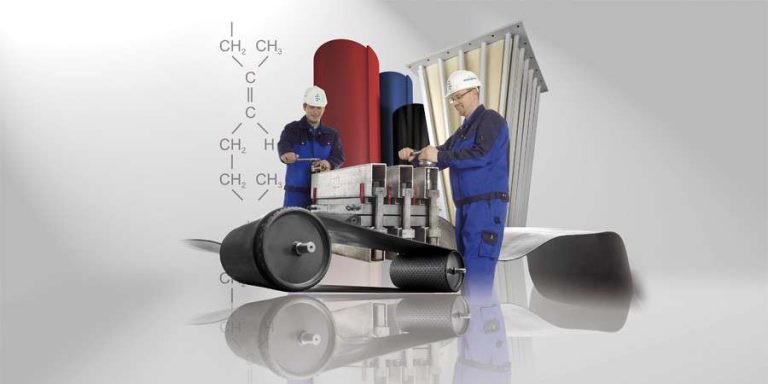Technology and rubber trading
Technology will aid environment to improve efficiency Malaysia has developed a technology based on which is possible to analyze and diagnose the disease in images of para trees to produce more standard Malaysian rubber. This is image of improvement of machinery to gain more enlightenment in development. How this technology help The development of this technology shows the high sensitivity of raw materials for reputable tire companies worldwide. The company is working to help reduce the risks of diseases encountered in standard Malaysian rubber farming and has developed a technology based on images published by artificial intelligence. Analyzing rubber tree The initiative analyzes the foliage of these trees (based on a joint project launched with the Dentso International Service (iSiD) using aerial imagery and announces the final result. Aerial photography is also performed by drones and remote control or drones. Though experiments used in this technology . This knowledge can…
Does SMR and industry related ?
The first rubber material used by humans was natural rubber. Most of this material is obtained from the trees of “Hua brasilinsis” (native tree of Brazil). However, it can be obtained from about 50 types of trees, shrubs and other types of plants. Undoubtedly, the accidental or intentional injury of these trees, which caused their leachate to leak, aroused human curiosity and paved the way for his access to this substance, which is an obvious and unquestionable necessity in the field of industry today. More information The name of rubber was chosen by the South American Indians for this material: “Cao” means tears and “Achu” means tree. Most of this material is obtained from the trees of “Hua brasilinesis” (native tree of Brazil). The production method of most SMR rubbers is such that first these rubbers are shredded by certain physical and chemical actions and then washed and dried. The…
what are the investigations of antifreeze properties?
According to the table below, the appropriate antifreeze can be prepared by mixing propylene glycol or ethylene glycol with water. Ethylene glycol propylene glycol %Vol BP(°F) FP*(°F) BP*(°F) FP*(°F) 5 27 29 27 29 10 23 26 22 26 15 17 22 18 23 20 8 16 11 19 25 2- 10 1- 14 30 14- 4 18- 8 35 45- 3- 46- 1 40 60- 13- 60- 8- 45 60- 24- 60- 18- 50 60- 36- 60- 31- 55 60- 50- 60- 46- 60 …
Application and comparing’s of EG and PG in antifreeze
The difference between the above two substances in antifreeze is due to their toxicity and efficiency. Ethylene glycol shows high efficiency in heat transfer but propylene glycol has lower toxicity. In the following, we will further study these two substances and their application in antifreeze. what is glycol? Glycol is an organic chemical compound that belongs to the family of alcohols. In glycols (also called diols), the molecule contains two groups of hydroxyl attached to carbon atoms. These substances are classified as alcohols. The following figure shows the molecular structure of these two substances Note that ethylene glycol is available in three forms: monoethylene glycol, diethylene glycol and triethylene glycol. But monoethylene glycol is more widely used as an antifreeze among other types of ethylene glycols. Ethylene glycol propylene glycol Propylene glycol has heat transfer properties in the temperature range of -50 degrees Fahrenheit to 350 degrees Fahrenheit. Although both…



